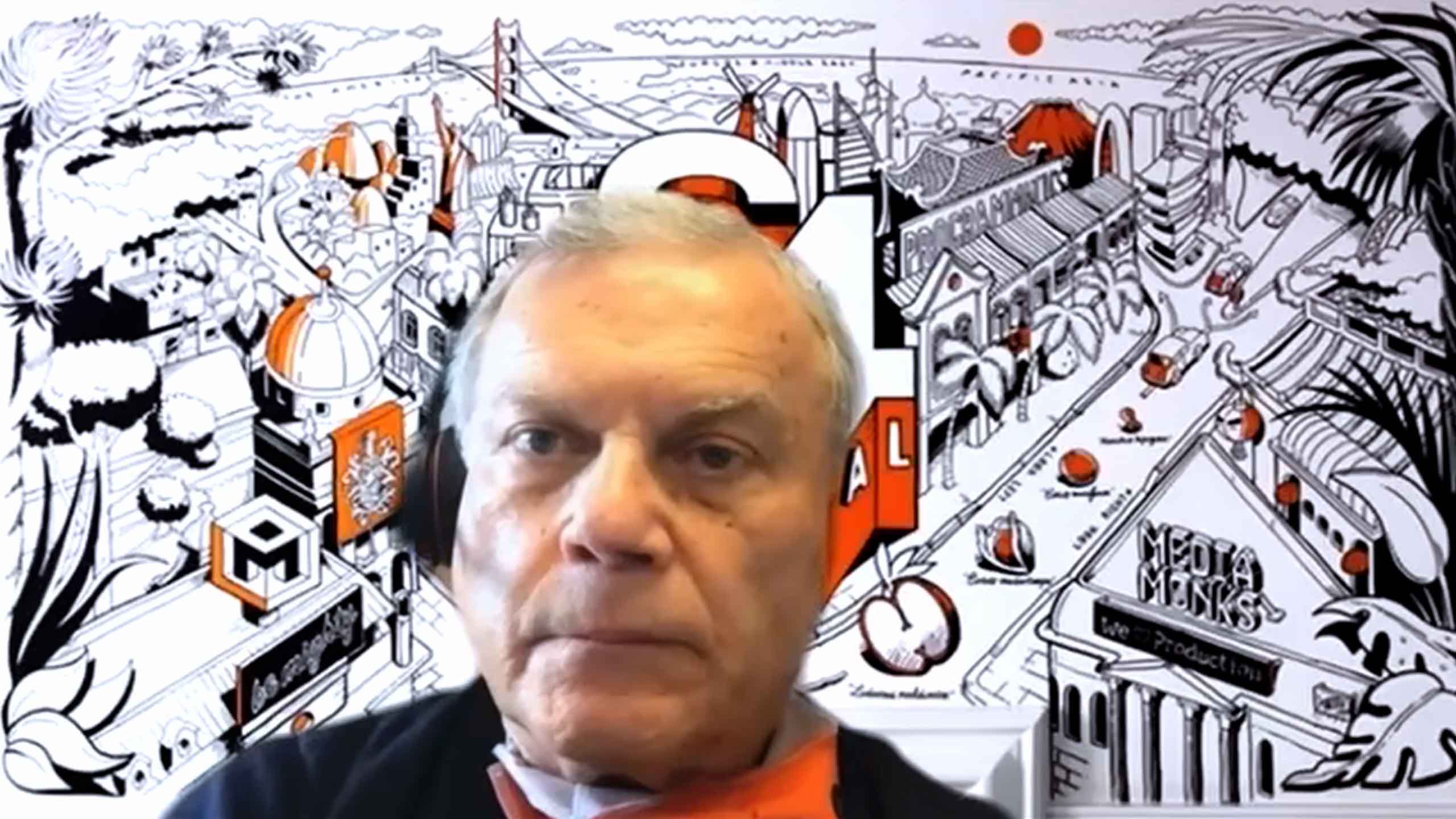
History of WPP
Founder of WPP and Founder, Executive Chairman S4 Capital
inpractise.com/articles/WPP-strategy
Why is this interview interesting?
- How WPP scaled from a wire basket company to own some of the largest ad agencies globally
Sir Martin Sorrell
Founder of WPP and Founder, Executive Chairman S4 Capital
Interview Transcript
Can we step back to the 80s, when you started WPP? What was your original M&A strategy?
If you go back to the original document, which I think still exists, you can find it, at Companies House. In the circular that went to shareholders to approve the issue of new shares, to Preston rather than myself, we said our objective was to build a major multi-national marketing services company. That was it. When you start, of course, with a wire basket manufacturer and you want to try and do it in your own life, organic growth is stronger, but it takes longer; you are probably dead and buried before you get to any scale.
If we were going to do it on any scale and, if fact, if we were going to build a business, it had be done not just organically, but by M&A. In those days, acquisitions were a way of doing it; today, I think it’s very different. It is mergers, but we’ll come onto that. I think, in the first 18 months, we acquired 18 companies. Then, of course, the breakthrough if you like, was JWT Group. People forget that it was not just the agency, which is now no longer, very sadly, but it consisted of the media part of the business, which is now Mindshare, which continues to thrive. It also consisted of Hill+Knowlton and it actually consisted of an agency called Lord, Geller, which had a sad end to it when the management walked out with the IBM business, which they promptly lost. Actually, the IBM business came back in 1992, about three years later. You also had MRB, Market Research Bureau, which included BMRB, quite a famous research company here in the UK. That was the core part of Kantar, which is now part of Bain Capital.
We had a fast start, but the breakthrough was JWT Group which was 13 times our size.
How much did you pay for those assets, on average, in terms of multiples?
I can’t remember what the multiple was, but we paid $525 million for JWT and we found the Japanese property. We knew there was a pretty old property and we thought it was Berkeley Square but it turned out to be Japan, so that was a gross of $200 million; we had to pay $100 million tax. But that reduced the net purchase price by $100 million. Margins were appalling at JWT and we improved the margins, so that was a great buy.
With Ogilvy, I think it was about twice our size and was about $825 million. No profit was there and I made the mistake of funding it, in part, by convertible preferred. I forgot that convertible preferred is really debt, particularly in a bear market where the conversion rights have no value, so we were saddled with debt. We had to do a restructuring, in 1991, so it was a bit of the Perils of Pauline, but we did manage to fight our way through.
In terms of multiples, in those days, I would say that JWT looked, on the surface, to be a high multiple, but when you looked at the underlying potential profitability, we did very well out of JWT. Not just because of the property, but because they had some good assets. We brought Burt Manning back to run the agency. Don Johnston, who was the CEO of JWT Group, had got rid of Burt a year or so previously, who was his natural successor, so it was highly political. There was a disgruntled bunch inside Ogilvy and Ken Roman and David Ogilvy didn’t appear to have a good relationship on the surface, but when you dug down, it really wasn’t. When we sent the facts attack, as we called it, in 1989, to Roman, he removed the last paragraph of the letters, when he showed the letters to David Ogilvy, so David didn’t see that we had suggested he become chairman of the joint company.
Copyright Notice
This document may not be reproduced, distributed, or transmitted in any form or by any means including resale of any part, unauthorised distribution to a third party or other electronic methods, without the prior written permission of IP 1 Ltd.
IP 1 Ltd, trading as In Practise (herein referred to as "IP") is a company registered in England and Wales and is not a registered investment advisor or broker-dealer, and is not licensed nor qualified to provide investment advice.
In Practise reserves all copyright, intellectual and other property rights in the Content. The information published in this transcript (“Content”) is for information purposes only and should not be used as the sole basis for making any investment decision. Information provided by IP is to be used as an educational tool and nothing in this Content shall be construed as an offer, recommendation or solicitation regarding any financial product, service or management of investments or securities.
© 2026 IP 1 Ltd. All rights reserved.


